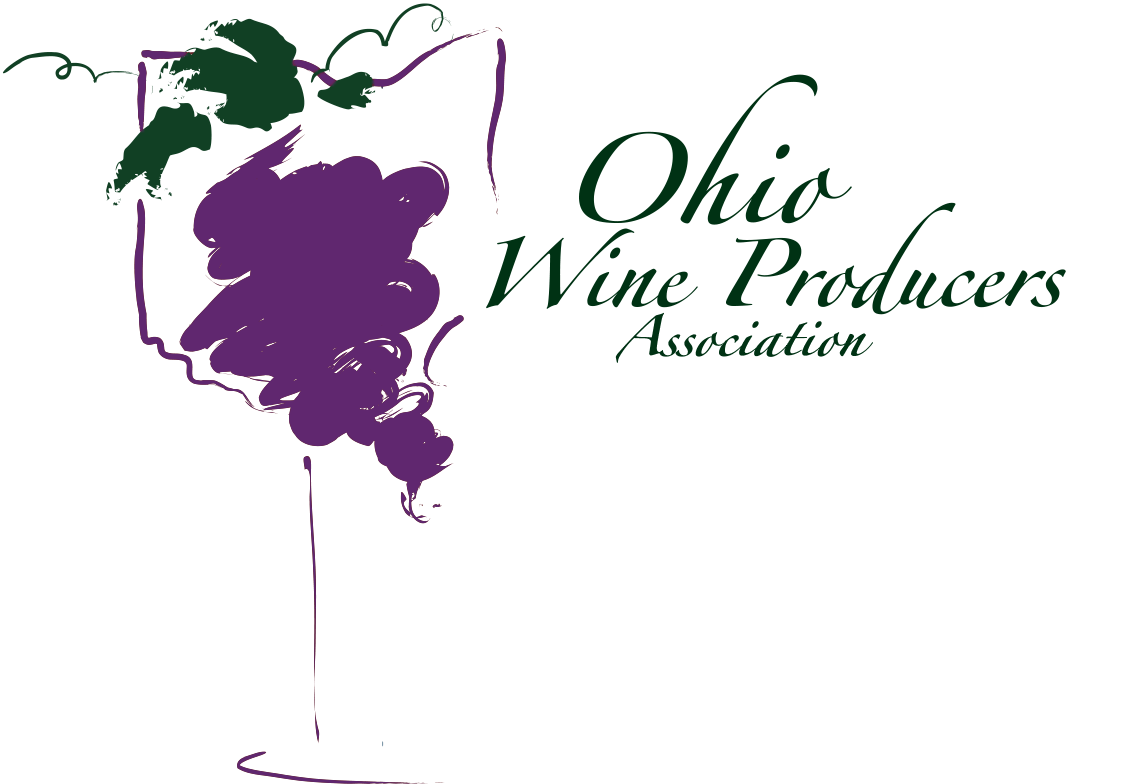Blending Wines
Blending wines
While a large portion of the wines sold in this country are varietals, meaning the label and contents are devoted to a single grape variety like Chardonnay, Vidal Blanc, or Catawba, in most of the world and in many regional wine countries everywhere, proud vintners offer wines blended from several finished varieties.
Winemakers blend for a myriad of reasons: To follow a regulation or tradition, to balance a difficult growing season when Mother Nature does not cooperate with a perfect vintage, to honor a person or event, to develop a catchy name to attract your attention, to appeal to a unique customer base and most often, to create a finished wine superior to the flavors of any single variety.
In Europe, the blended vintages generally reflect the growing region and are subject to strict regulations. In the US, most of our blended wines have fanciful or proprietary names created by the vintner. In the US, some may reflect geography, e.g., Reflections of Lake Erie, or a moniker personal to the winery, e.g., Susan’s Blush.
Below is some information on some of the most celebrated European blends.
Bordeaux: By law, these wines are made from Cabernet Sauvignon and Merlot in varying percentages. The Gironde River flows through the province and on the west bank there is typically a higher proportion of Cabernet Sauvignon and these wines are higher in tannins with longer aging potential. Right bank wines typically have more Merlot in the blend and are generally somewhat softer and age less well.
Champagne: This French bubbly is always a blend but can range from sweet to very dry, depending on the winemakers’ goals. However, although the percentages may vary, true Champagne is always produced from a combination of Pinot Noir, Chardonnay, and Pinot Meunier grown in the district.
Chianti: This Italian classic comes from Tuscany and is primarily made from Sangiovese with smaller proportions of Trebbiano and or Canaiolo Nero. With Tuscany divided into 7 unique growing regions the best grapes go into their Chianti Classico or Chianti Rufini.
Rioja: The Spanish Rioja region has been growing great reds for over two centuries. This most well known Spanish red blend starts with Tempranillo. Depending on the vintner, Garnacha, Mazuelo, or Graciano can become part of the blend.
Port: The Portuguese winemakers are allowed to use a variety of fruit, but it is all grown in the country. The most commonly used grapes are Touriga Franca and Tita Barrroca.
Meritage: This blend is regulated by certain standards (the Meritage Alliance) and this American based association has established that a blend of “Bordeaux style” wines, both red and white versions, must include some combination of classic Bordeaux grapes like Cabernet Franc, Carmenère, Malbec, Cabernet Sauvignon, Merlot, St. Macaire, Gros Verdot, and Petit Verdot.
Is this all a bit intimidating for many wine lovers who do not have international palates? For sure. Me included!! But these sometimes unfamiliar grape names illustrate why enjoying wine can be a continual “journey of exploration.” Wikipedia says there are over 10,000 grape varieties grown on the globe. For a curious wine lover, there will always be more to learn and best of all, more wines, varietals, or blends, to sample.
For additional information: dwinchell@Ohiowines.org
